Database Architecture – A Deep Dive – Part 1
IP layers and the TCP/IP model – A deep dive
Leveraging the Backends for frontends pattern to avert API gateway from becoming a system bottleneck
Understanding API Gateway and the need for it
CDN and Load balancers (Understanding the request flow)
How Actor model/Actors run in clusters facilitating asynchronous communication in distributed systems
Understanding the Actor model to build non-blocking, high-throughput distributed systems
Technical Consultant: How can I become one? Explained with an example
IT consultant: How do I become one? Explained with a real-world use case
Software architecture course – From zero to mastering the fundamentals
Spaghetti code explained with a real-world use case
Monolithic architecture simplified
Zero to Software Architecture Proficiency learning path - Starting from zero to designing web-scale distributed services. Check it out.
Master system design for your interviews. Check out this blog post written by me.
Zero to Software Architecture Proficiency is a learning path authored by me comprising a series of three courses for software developers, aspiring architects, product managers/owners, engineering managers, IT consultants and anyone looking to get a firm grasp on software architecture, application deployment infrastructure and distributed systems design starting right from zero. Check it out.
Recent Posts
- System Design Case Study #5: In-Memory Storage & In-Memory Databases – Storing Application Data In-Memory To Achieve Sub-Second Response Latency
- System Design Case Study #4: How WalkMe Engineering Scaled their Stateful Service Leveraging Pub-Sub Mechanism
- Why Stack Overflow Picked Svelte for their Overflow AI Feature And the Website UI
- A Discussion on Stateless & Stateful Services (Managing User State on the Backend)
- System Design Case Study #3: How Discord Scaled Their Member Update Feature Benchmarking Different Data Structures
CodeCrafters lets you build tools like Redis, Docker, Git and more from the bare bones. With their hands-on courses, you not only gain an in-depth understanding of distributed systems and advanced system design concepts but can also compare your project with the community and then finally navigate the official source code to see how it’s done.
Get 40% off with this link. (Affiliate)

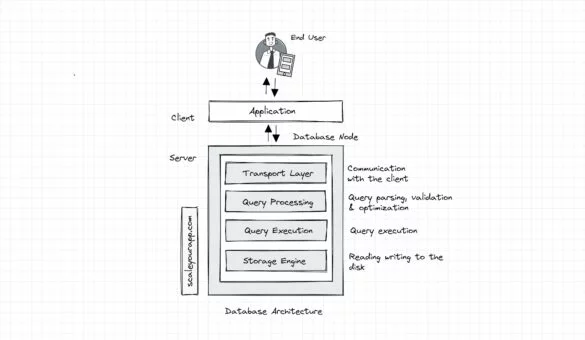
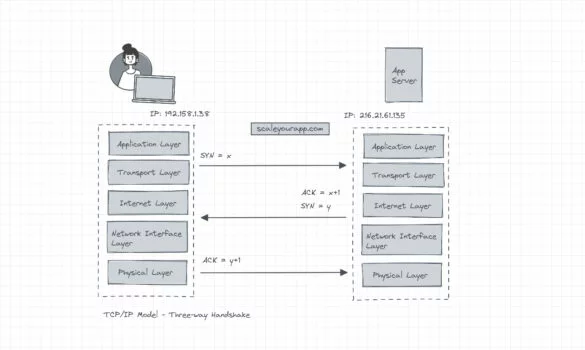
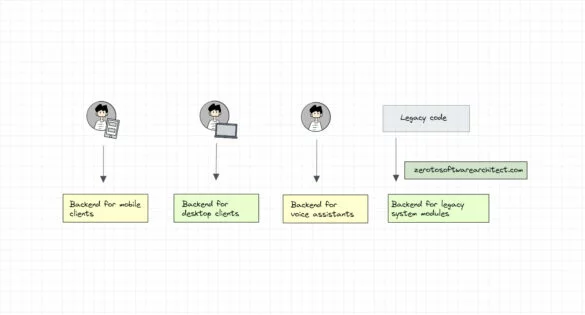
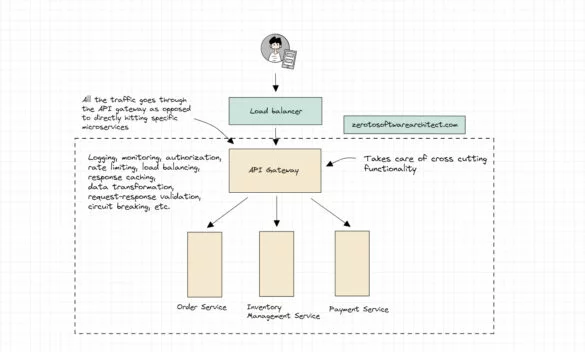
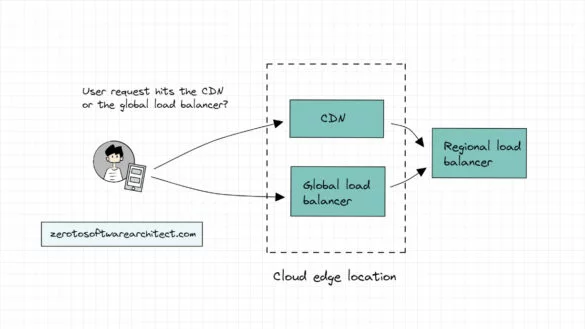
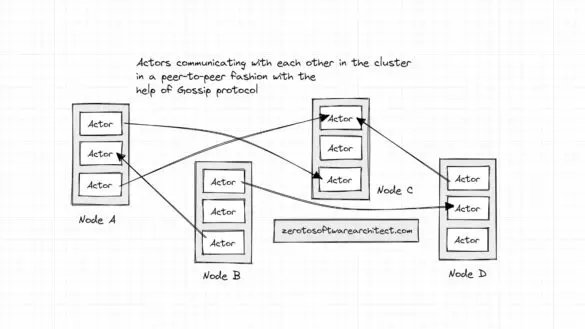
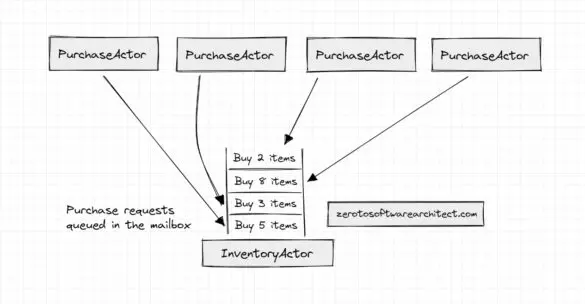


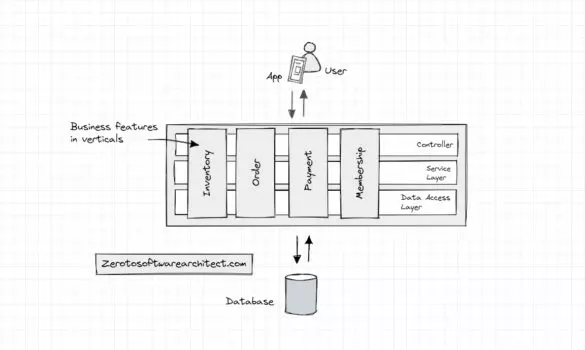
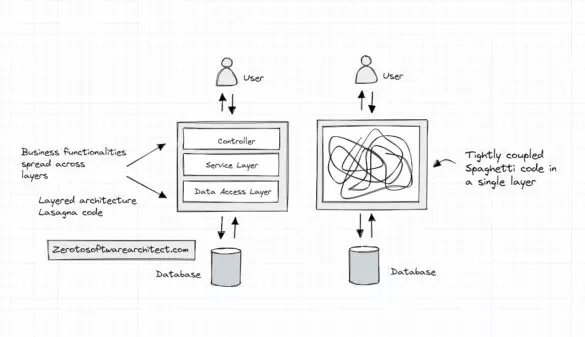
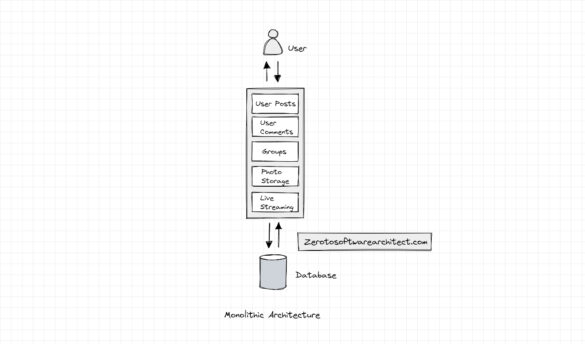
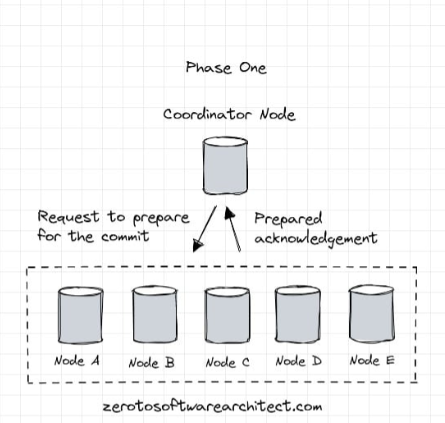
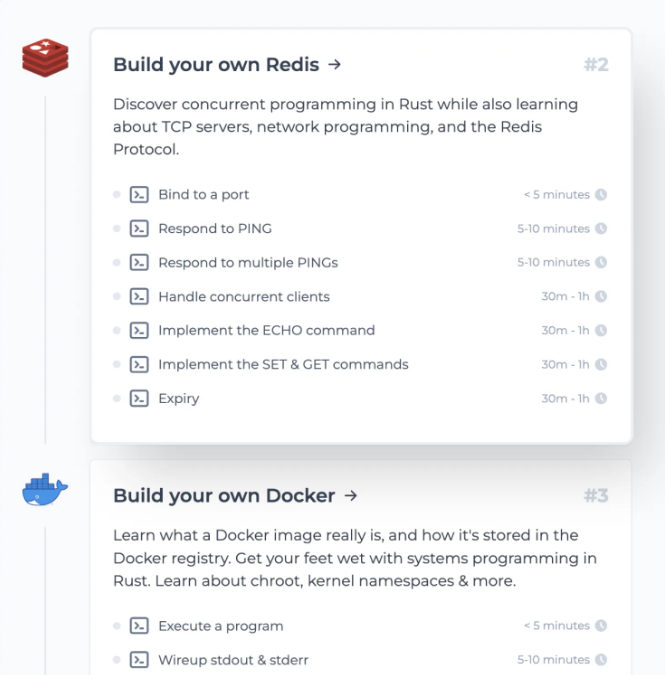
Follow Me On Social Media